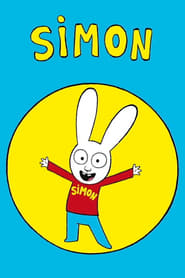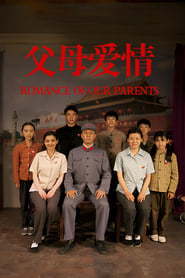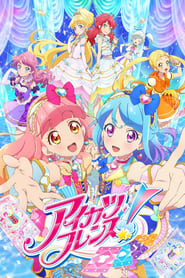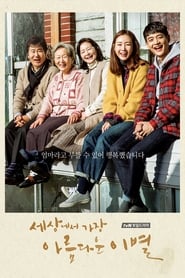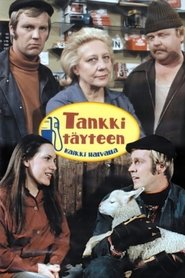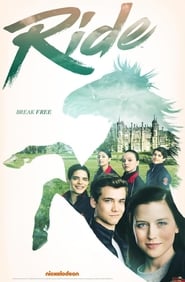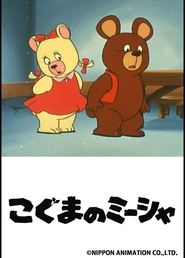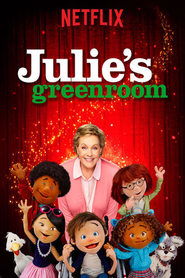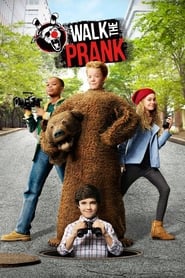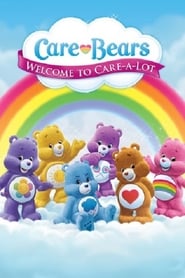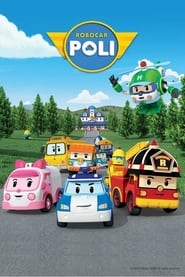Top Rated Family TV Series - Page 66
-
Bad Papa
2018
Bad Papa
2018
star 8.8Yoo Ji-Cheol used to be a top boxer, but he lost everything in a moment. All of his money and fame vanished and his life was ruined. He decides to gain control of his life through mixed martial arts. -
Double Dare
2018
Double Dare
2018
star 7.6The all-new Double Dare with Liza Koshy has all the trivia, physical challenges, and obstacles for the messiest game show on TV! -
Simon
2016
Simon
2016
star 7.9Simon is an adorable little rabbit who exudes all the vitality of childhood. He's at an age when little rabbits (and indeed little children!) are starting to come into their own - challenging relationships with parents, embarking upon school life, learning about the world in general, dealing with authority and of course, language. -
Aikatsu Friends!
2018
Aikatsu Friends!
2018
star 8.5Aine Yūki is good at making friends, and is enrolled in Star Harmony Academy's general education track. She befriends Mio Minato, the school's top idol, and becomes an idol herself. -
Star Falls
2018
Star Falls
2018
star 6.1Teen Sophia persuades a Hollywood star, Bo Brooks, and his family to live in her house while he shoots a movie in town, hoping that he'll fall in love with her mom. -
Summer with the Family
2017
star 6.5Jens and wife Åsa pack up the family to spend the summer in the archipelago. The idyll, however, does not appear when it comes out that the in-laws do not intend to leave the cottage to Jens and Åsa, but plan to spend the whole summer there with them. -
The Most Beautiful Goodbye
2017
star 4.7An ordinary middle-aged woman has devoted her life to her family. She is diagnosed with terminal cancer and must prepare her goodbye to her family. -
The Family Game
2013
The Family Game
2013
star 7Yoshimoto Koya becomes a tutor to a student, Numata Shigeyuki, an underachiever on the verge of dropping out of middle school. Expecting immediate results, Shigeyuki’s father makes a deal with Koya that if he could make Shigeyuki return to school within a week, he would receive a 100,000 yen bonus. Koya accepts the offer, replying that he would only need 5 days to complete the mission but demands that no one should interfere with his methodology in doing so. -
New Bride
2017
New Bride
2017
star 7.9Bella, a Spanish Girl falls in love with a Turkish man, Hazar. They decide to marry against the wish of their families. Bella is a modern girl and Hazar's family is very traditional, so their cultures clash. -
Tankki täyteen
1978
-
Ride
2016
Ride
2016
star 8.6The adventures of Katherine ' Kit' Bridges who relocates to England when her father joins the faculty at Covington Academy, an elite equestrian boarding school. -
Misha the Bearcub
1979
-
Julie's Greenroom
2017
Julie's Greenroom
2017
star 6.6Ms. Julie teaches performing arts workshops with the help of her assistant Gus at their Wellspring Center for the Performing Arts. -
Walk the Prank
2016
Walk the Prank
2016
star 6.2A team of practical jokesters creates hilarious over-the-top pranks for an online hidden camera show. -
Tomorrow Boy
2016
Tomorrow Boy
2016
star 2.4“Tomorrow Boy” tells the tale of a handsome, young patriarch who lives on for tomorrow even in the midst of adversity. A young patriarch, Ahn Tae Pyeong, who has lost both his parents and is in charge of taking care of his grandmother along with his four younger siblings. Despite his circumstances, Tae Pyeong has a strong conviction and is energetic, while he pursues his studies and earns money for his family. -
Care Bears: Welcome to Care-a-Lot
2012
star 6.8The Care Bears try to help kids and have fun in Care-a-Lot, but must contend with the antics of the mischievous Beastly and the young Beasties. -
All About My Mom
2015
All About My Mom
2015
star 5A story about the tiring but sad love and hatred between a mother and her daughters. Lee Jin-ae has a love and hate relationship with her mother, Im San-ok. She dreams of becoming independent from her family and especially from her mother. Jin-ae falls in love with Kang Hoon-jae and marries to him. Meanwhile, what awaits for Jin-ae is her new mother-in-law, Hwang Young-sun. While experiencing difficult times with her mother-in-law, Jin-ae begins to understand her mother San-ok for the first time. -
Dear Sister
2014
Dear Sister
2014
star 7.8Growing up, sisters Misaki and Hazuki couldn't have been more different. Misaki's charming personality and popularity stood in sharp contrast to the older, more responsible yet timid Hazuki. After high school, the two lose touch once Misaki leaves their home, only to be reunited many years later, when Misaki returns, harboring a secret. -
Robocar Poli
2011
Robocar Poli
2011
star 6.6When disaster strikes in Brooms Town, police car Robocar Poli, fire truck Robotruck Roy and their friends on the rescue team race to save the day.
 Netflix
Netflix
 Amazon Prime Video
Amazon Prime Video
 Apple iTunes
Apple iTunes
 Apple TV Plus
Apple TV Plus
 Disney Plus
Disney Plus
 Google Play Movies
Google Play Movies
 Paramount Plus
Paramount Plus
 Hulu
Hulu
 HBO Max
HBO Max
 YouTube
YouTube
 fuboTV
fuboTV
 Peacock
Peacock
 Peacock Premium
Peacock Premium
 Amazon Video
Amazon Video
 The Roku Channel
The Roku Channel
 AMC+
AMC+
 Kocowa
Kocowa
 Hoopla
Hoopla
 The CW
The CW
 Vudu
Vudu
 Starz
Starz
 Showtime
Showtime
 PBS
PBS
 Pantaflix
Pantaflix
 FXNow
FXNow
 Tubi TV
Tubi TV
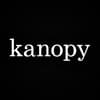 Kanopy
Kanopy
 Comedy Central
Comedy Central
 Crunchyroll
Crunchyroll
 Microsoft Store
Microsoft Store
 Redbox
Redbox
 Sun Nxt
Sun Nxt
 ABC
ABC
 DIRECTV
DIRECTV
 Crackle
Crackle
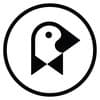 Fandor
Fandor
 Plex
Plex


